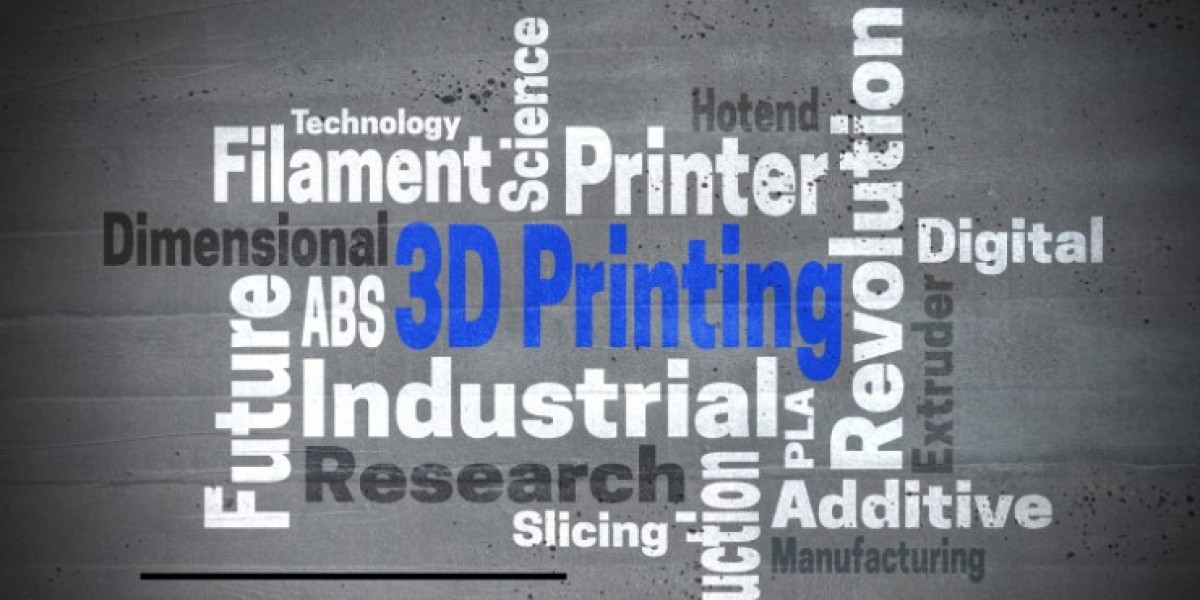The fashion industry has always been at the forefront of innovation, constantly seeking new ways to push boundaries and create unique designs. With the advent of 3D printing technology, the industry has found a powerful tool that is transforming the way clothing and accessories are conceived, designed, and produced.
I. Introduction to 3D Printing in Fashion
3D printing, also known as additive manufacturing, is a process that creates three-dimensional objects by building them layer by layer from a digital file. This technology has opened up a world of possibilities for fashion designers, allowing them to create intricate and complex designs that would be difficult or impossible to produce using traditional manufacturing methods.
II. Customization and Personalization
One of the most significant advantages of 3D printing in the fashion industry is the ability to create highly customized and personalized pieces. Designers can now create garments and accessories that are tailored to the individual's specific measurements, body shape, and preferences. This level of customization was previously unattainable, as traditional manufacturing methods relied on mass production and standardized sizing.
III. Complex Designs and Intricate Details
3D printing also allows for the creation of complex geometric shapes and intricate details that would be challenging to achieve through conventional techniques. Fashion designers can now experiment with unique textures, patterns, and structures that were once deemed too difficult or costly to produce. These intricate designs not only add visual interest but also offer new possibilities for functionality and wearability.
IV. Sustainable Fashion and Waste Reduction
The fashion industry has long been criticized for its environmental impact, with issues such as overproduction, textile waste, and the use of harmful chemicals. 3D printing offers a more sustainable approach by allowing for on-demand production, reducing waste and minimizing the need for excess inventory. Additionally, many 3D printing materials are biodegradable or recyclable, further reducing the environmental footprint.
V. Rapid Prototyping and Design Iterations
In the traditional fashion design process, creating prototypes and making design iterations can be time-consuming and costly. 3D printing streamlines this process by allowing designers to quickly create physical prototypes and test out new ideas before committing to full-scale production. This not only saves time and resources but also facilitates more experimentation and innovation.
VI. Collaboration and Creativity
3D printing has opened up new avenues for collaboration between fashion designers, engineers, and artists. By combining their expertise and leveraging the capabilities of 3D printing, they can create truly unique and innovative pieces that push the boundaries of fashion design. This cross-disciplinary collaboration fosters creativity and encourages the development of novel designs and concepts.
VII. Applications in Clothing and Accessories
3D printing has found numerous applications in the fashion industry, from clothing to accessories:
- Clothing: Designers have explored the use of 3D printing for creating garments, such as dresses, tops, and footwear. 3D printed clothing can incorporate unique textures, patterns, and structural elements, allowing for new aesthetic and functional possibilities.
- Jewelry and Accessories: 3D printing is particularly well-suited for creating intricate and detailed jewelry pieces, as well as accessories like handbags, hats, and sunglasses. The ability to produce complex shapes and incorporate various materials opens up endless design opportunities.
- Footwear: 3D printing has made significant strides in the footwear industry, enabling the creation of customized soles, intricate uppers, and unique design elements that enhance both style and comfort.
- Wearable Technology: The combination of 3D printing and wearable technology has given rise to innovative products that integrate technology seamlessly into fashion. From 3D printed smart jewelry to responsive garments, this fusion of technology and fashion is pushing the boundaries of what is possible.
VIII. Challenges and Limitations
While 3D printing offers numerous advantages in the fashion industry, there are still challenges and limitations to overcome. These include material limitations, scalability issues, cost considerations, and the need for advanced design skills and specialized software. Additionally, there are ongoing discussions around intellectual property rights and the potential for counterfeit products.
IX. Future Outlook
As 3D printing technology continues to evolve and become more accessible, its impact on the fashion industry is expected to grow significantly. Advancements in materials, printing speed, and resolution will further expand the range of possibilities for fashion designers. Moreover, the integration of 3D printing with other emerging technologies, such as augmented reality and artificial intelligence, could lead to even more innovative and personalized fashion experiences.
Conclusion
3D printing is revolutionizing the fashion industry by enabling the creation of highly customized, intricate, and sustainable clothing and accessories. From personalized garments to complex jewelry designs, this technology is empowering fashion designers to push the boundaries of creativity and innovation. As the technology continues to evolve, it is poised to reshape the way we think about fashion, paving the way for a more sustainable, inclusive, and expressive industry.








